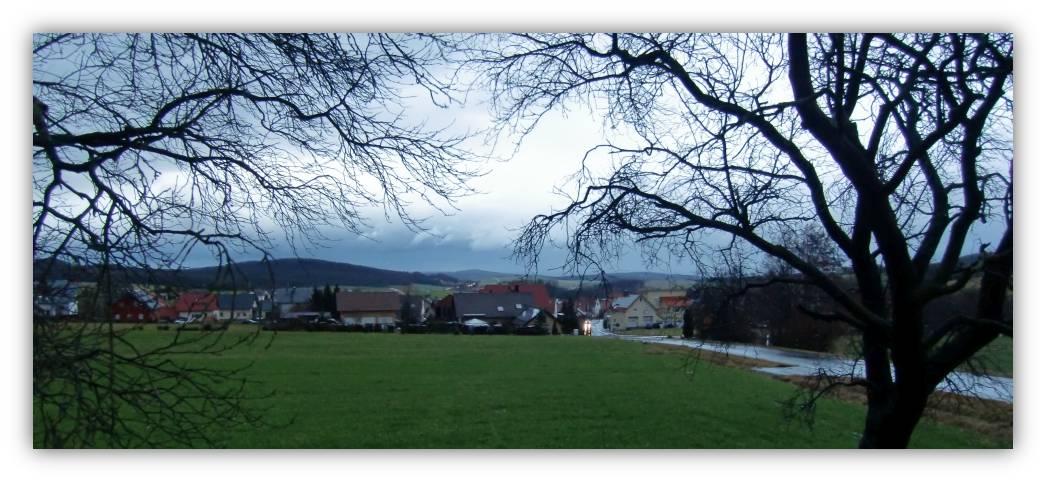
Climate
The climate of the Rhön is shaped by its geographical setting in the temperate climatic zone and especially by its altitude. In autumn and winter, inversions are dominant, which cause the formation of fog in valleys and basins. Altitudes above 600 to 700 m are sunny in winter, but also show a high probability of fog.
On the woodless high plateau of the Hohe Rhön, weather shaped by orographic effects is common. This causes rather high precipitation of about 1,000 mm annually and low temperatures (e.g. Wasserkuppe 4.8 °C annual mean temperature). The Hohe Rhön in winter is rich in snow, compared to the low lying areas of the Vorder and Kuppenrhön. However, the surrounding low mountain ranges Thüringer Wald, Fichtelgebirge or Bayerischer Wald have a significant higher probability of snow.
On the contrary, areas in the rain shadow of the Hohe Rhön are rather dry (for example Ostheim: 500 mm of annual rain) and favoured by warmer temperatures.


